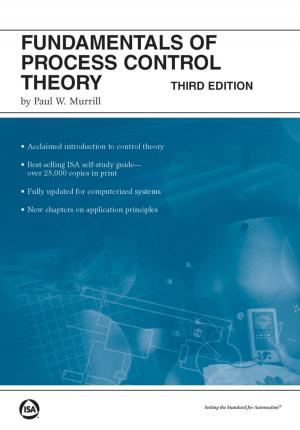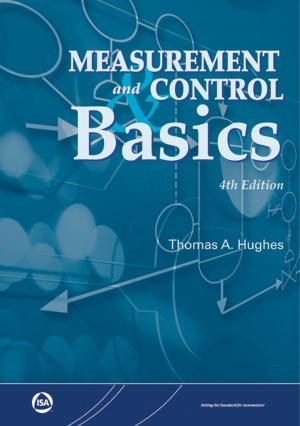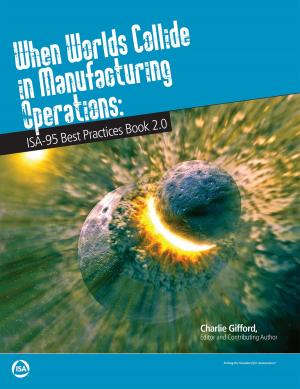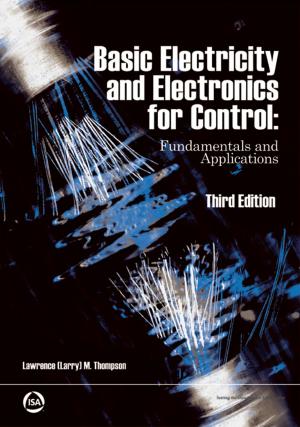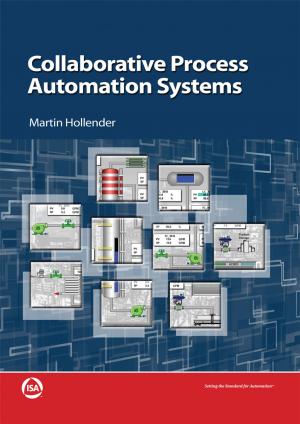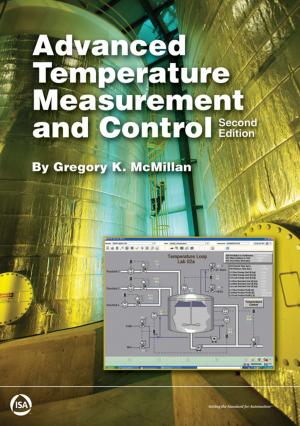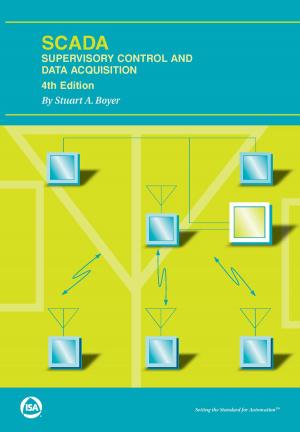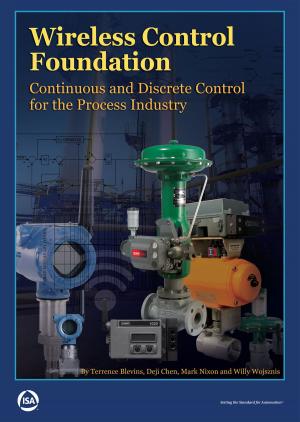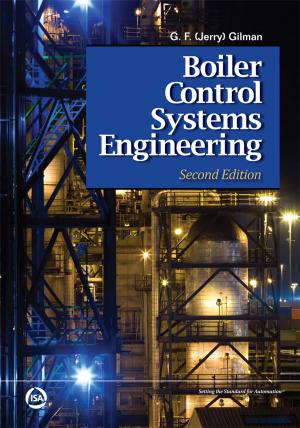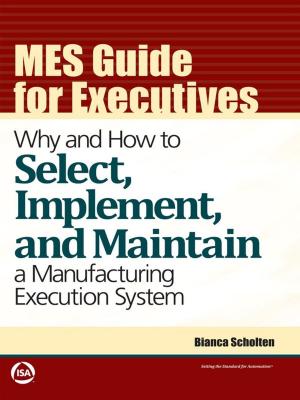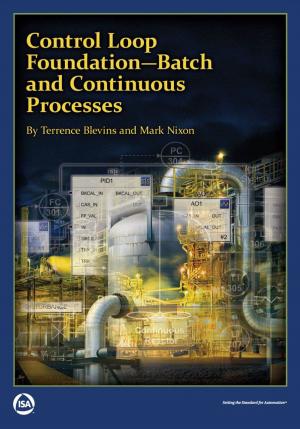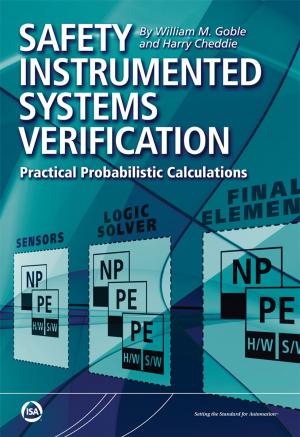The Road to Integration: A Guide to Applying the ISA-95 Standard in Manufacturing
Nonfiction, Science & Nature, Technology, Automation| Author: | Bianca Scholten | ISBN: | 9781941546208 |
| Publisher: | International Society of Automation | Publication: | February 15, 2016 |
| Imprint: | International Society of Automation | Language: | English |
| Author: | Bianca Scholten |
| ISBN: | 9781941546208 |
| Publisher: | International Society of Automation |
| Publication: | February 15, 2016 |
| Imprint: | International Society of Automation |
| Language: | English |
In recent decades, industrial companies have invested much time and money in enterprise resource planning (ERP) systems and in automation of the process control layer. In our quest to reap the rewards of all these investments, the gap between business automation and process automation is becoming painfully obvious. ERP systems are only valuable if you supply them with current data, and these data originate largely from the process control layer. When integrating these systems, both IT departments and engineering departments must confront the high degree of heterogeneity found in technology, metadata, programming languages, user interfaces, and more. Good communication with the system’s end user is essential as several departments are usually involved, such as production, maintenance, the lab, and the office. Try speaking the same language then! Against this backdrop, ISA decided in the 1990s to develop the ISA-95 standard for integrating enterprise and control systems in order to reduce the risks, costs, and errors that go hand in hand with implementing manufacturing control systems and integrating them with ERP systems. This handy resource explains how to apply ISA-95 in manufacturing enterprise systems (MES) and vertical integration projects, as well as reveals the most important ISA-95 models and terminology. It is ideal for those just starting out who need to get up to speed on ISA-95’s background information but also for those who have some practical experience with ISA-95 and require additional support in carrying out analyses to determine a specific company’s MES strategy and to define user requirements. If you develop MES functionality or realize interfaces based on ISA-95, then this guide will help you understand and apply the ISA-95 object models. Most important, the guide explains how to integrate ERP and MES systems using ISA-95. It places ISA-95 in the broader context of modern information exchange technologies and thus offers a complete picture for project managers, consultants, programmers, and information architects who want to integrate ERP and MES systems based on the international standard. - See more at: https://www.isa.org/store/products/product-detail/?productId=116016#sthash.aJ7ITTfn.dpuf
In recent decades, industrial companies have invested much time and money in enterprise resource planning (ERP) systems and in automation of the process control layer. In our quest to reap the rewards of all these investments, the gap between business automation and process automation is becoming painfully obvious. ERP systems are only valuable if you supply them with current data, and these data originate largely from the process control layer. When integrating these systems, both IT departments and engineering departments must confront the high degree of heterogeneity found in technology, metadata, programming languages, user interfaces, and more. Good communication with the system’s end user is essential as several departments are usually involved, such as production, maintenance, the lab, and the office. Try speaking the same language then! Against this backdrop, ISA decided in the 1990s to develop the ISA-95 standard for integrating enterprise and control systems in order to reduce the risks, costs, and errors that go hand in hand with implementing manufacturing control systems and integrating them with ERP systems. This handy resource explains how to apply ISA-95 in manufacturing enterprise systems (MES) and vertical integration projects, as well as reveals the most important ISA-95 models and terminology. It is ideal for those just starting out who need to get up to speed on ISA-95’s background information but also for those who have some practical experience with ISA-95 and require additional support in carrying out analyses to determine a specific company’s MES strategy and to define user requirements. If you develop MES functionality or realize interfaces based on ISA-95, then this guide will help you understand and apply the ISA-95 object models. Most important, the guide explains how to integrate ERP and MES systems using ISA-95. It places ISA-95 in the broader context of modern information exchange technologies and thus offers a complete picture for project managers, consultants, programmers, and information architects who want to integrate ERP and MES systems based on the international standard. - See more at: https://www.isa.org/store/products/product-detail/?productId=116016#sthash.aJ7ITTfn.dpuf

